‘No end in sight’ for widespread Australian housing crisis
Aussies have been delivered a fresh housing blow, with new findings revealing there is “no end in sight” for the growing crisis.
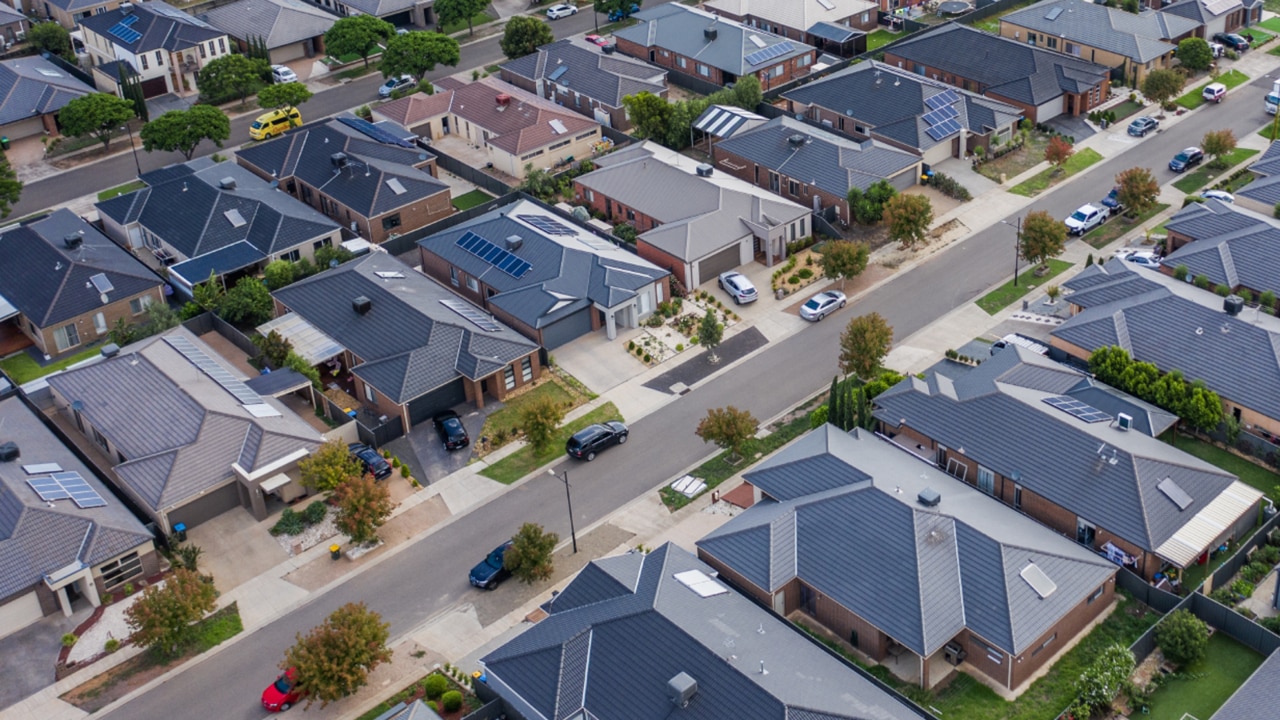
There is no real end in sight for the housing crisis, according to a report into Australia’s dire housing situation.
Many Australians know all too well just how bad the housing and rental crisis currently is, but being told the situation is unlikely to improve any time soon is a big blow.
The latest report from Savvy, titled The Stark Reality of Australia’s Housing Crisis, is based on a survey from the Everybody’s Home campaign, which shows two thirds of Aussies are experiencing housing stress.
This is defined as a person spending more than 30 per cent of their income on housing.
Housing stress, rental stress, or mortgage stress refer to a person or household who are struggling to pay for their housing on an ongoing basis.
This not only refers to people struggling to pay rent or meet mortgage repayments, it can also relate to financial pressure from rates, taxes, house and contents insurance, repairs, maintenance and other costs such as those accrued through strata-titled dwellings.
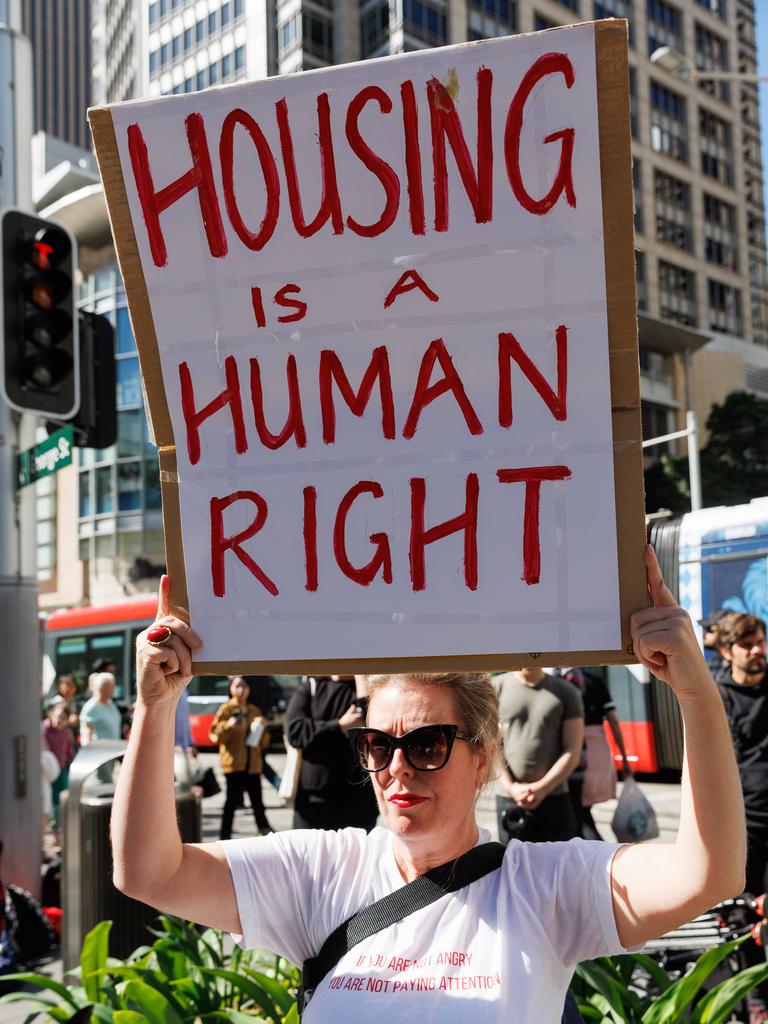
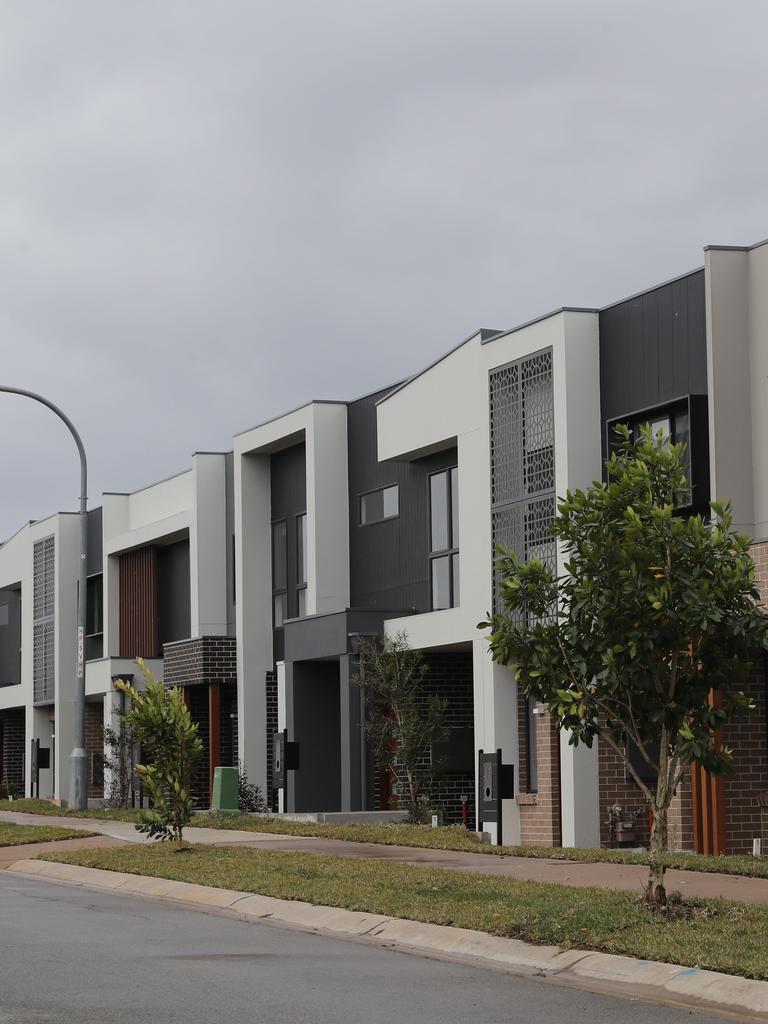
The number of survey respondents saying they are experiencing housing stress jumps even further when narrowed down to renters, with 82 per cent saying they are spending more than 30 per cent of their income on housing.
“Without increased supply and other methods of bringing housing affordability into the view of the bottom 40 per cent of Australians, there is no real end in sight for the housing crisis,” the Savvy report reads.
“We can only hope that the economy doesn’t experience any sharp shocks like it did during the post-Covid era and help drive up wages while suppressing inflation.”
According to recent data from SQM Research, the national average rent for a two-bedroom unit has jumped from $365 per week in March 2020 to $526 per week in January 2024.
This is an increase of 44 per cent, far outweighing the 2.5 per cent average wage increase over the same period.
Of the survey respondents, 18 per cent said they were receiving Commonwealth Rent Assistance and a further 18 per cent said they were getting an alternate income support payment.
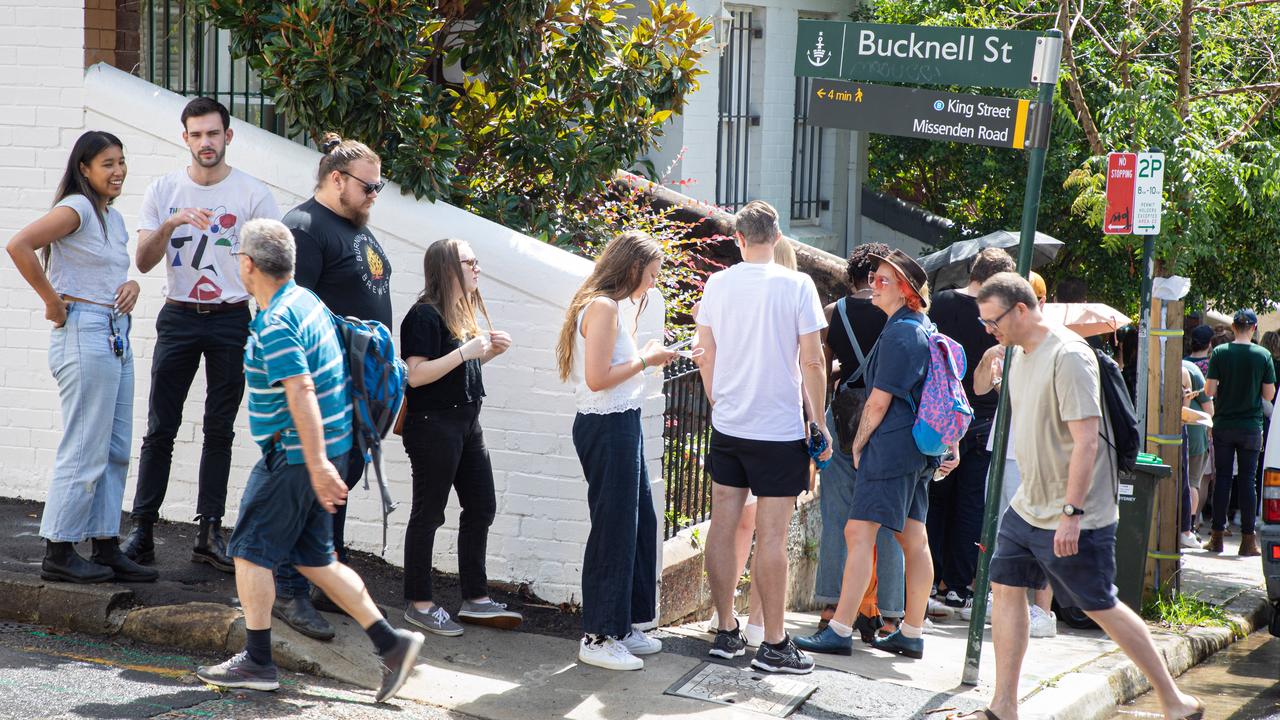
Almost all respondents, 98 per cent, said they were concerned about Australia’s ongoing housing crisis, with 81 per cent saying their top reason for their concern was uncertainty about the future.
Worries about financial security (75 per cent), mental health concerns (66 per cent), lack of access to suitable housing (65 per cent) and worry about physical health and wellbeing (52 per cent) were some of the other common reasons.
Adrian Edlington, home finance expert for Savvy, said the housing crisis issue is one that needs to be addressed as a collective.
“As we grapple with the stark reality of Australia’s housing crisis, it’s imperative that we collectively address the pressing issues at hand,” he said.
“The continued appreciation of the residential real estate market has put homeownership out of reach for many, while the increase in short-term over long-term rentals has reduced the number of homes for Aussies to actually live in.
“The housing stress affecting two-thirds of Australians demands a comprehensive approach that won’t be managed by either government nor the private sector alone.”
While there are organisations and systems out there aimed at helping Aussies dealing with housing stress and homelessness, these resources have quickly become overwhelmed.
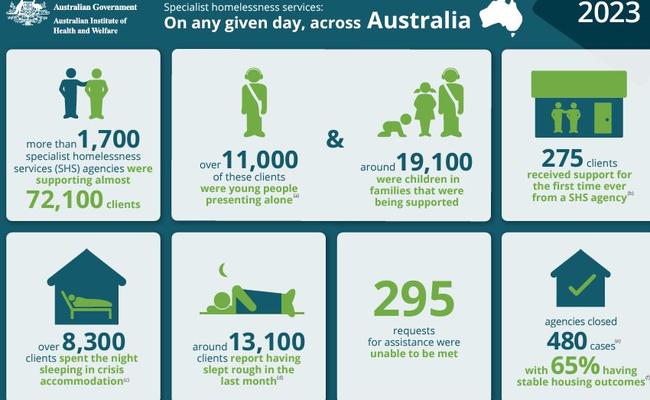
According to the report, a whopping 95 per cent of those in housing-stress related organisations have reported an increased workload since the beginning of the housing crisis.
Impacts of this include increased casework complexity, being unable to provide long-term housing for clients, increased waiting times and staff burnout.
Earlier this month a senior economist at the Commonwealth Bank of Australia (CBA) predicted house prices would reach record heights this year.
Belinda Moore said the value of house prices would likely jump by five per cent over the next 12 months.
“But more modest price gains until an easing in interest rates from the RBA later in 2024 (our base case in September 2024 for the first cut),” she added.
“We do expect considerable divergence between capital cities.”
Westpac has also thrown its weight behind a September rate cut, but NAB is predicting November, while ANZ believes homeowners will have to hold out until December for any rate relief.






